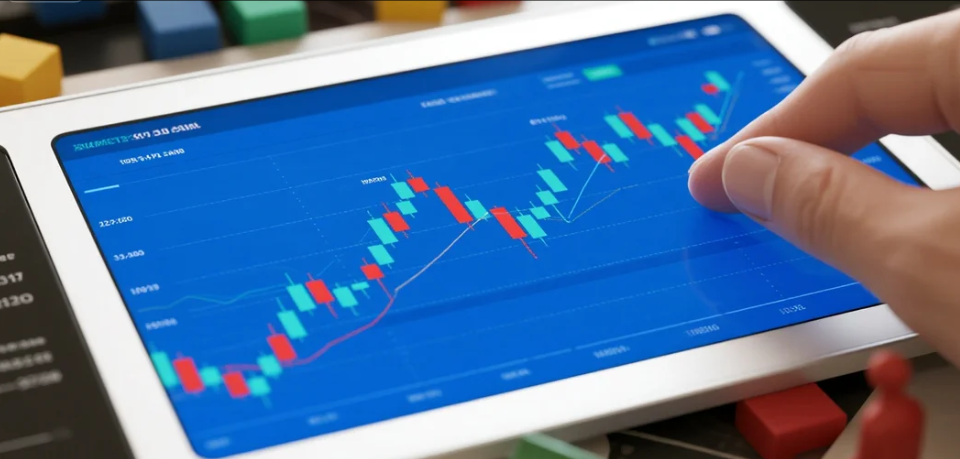
The terms "inner market" and "outer market" have two concepts. One refers to different trading markets, where the inner market represents domestic trading markets and the outer market represents overseas trading markets. The other is a trading terminology related to market depth. Here, the author will mainly explain what inner and outer markets mean in the context of market depth.
What Do Inner and Outer Markets Mean in Futures Trading?
Inner and outer markets are distinguished based on the direction of "active buying" and "active selling" in futures trading:
Inner market refers to the daily trading volume of active selling (transactions executed at the bid price in the market depth). (After reaching the upper limit, all transactions are considered inner market.)
Outer market refers to the daily trading volume of active buying (transactions executed at the ask price in the market depth). (After reaching the lower limit, all transactions are considered outer market.)
In the futures market, the trading volume and ratio of inner and outer markets are one of the key factors influencing futures prices. They reflect market expectations and views on future price trends. If the inner market trading volume is relatively large, it may suppress futures prices, indicating higher market expectations for future price declines. Conversely, if the outer market trading volume is relatively large, it may drive futures prices higher, indicating higher market expectations for future price increases.
Summary:
Analyzing the trading volume and ratio of inner and outer markets can help assess the strength of buying and selling forces. However, other factors such as market sentiment and policy changes should also be considered. Understanding the concepts and operational methods of inner and outer markets is beneficial for participating in futures trading.
















